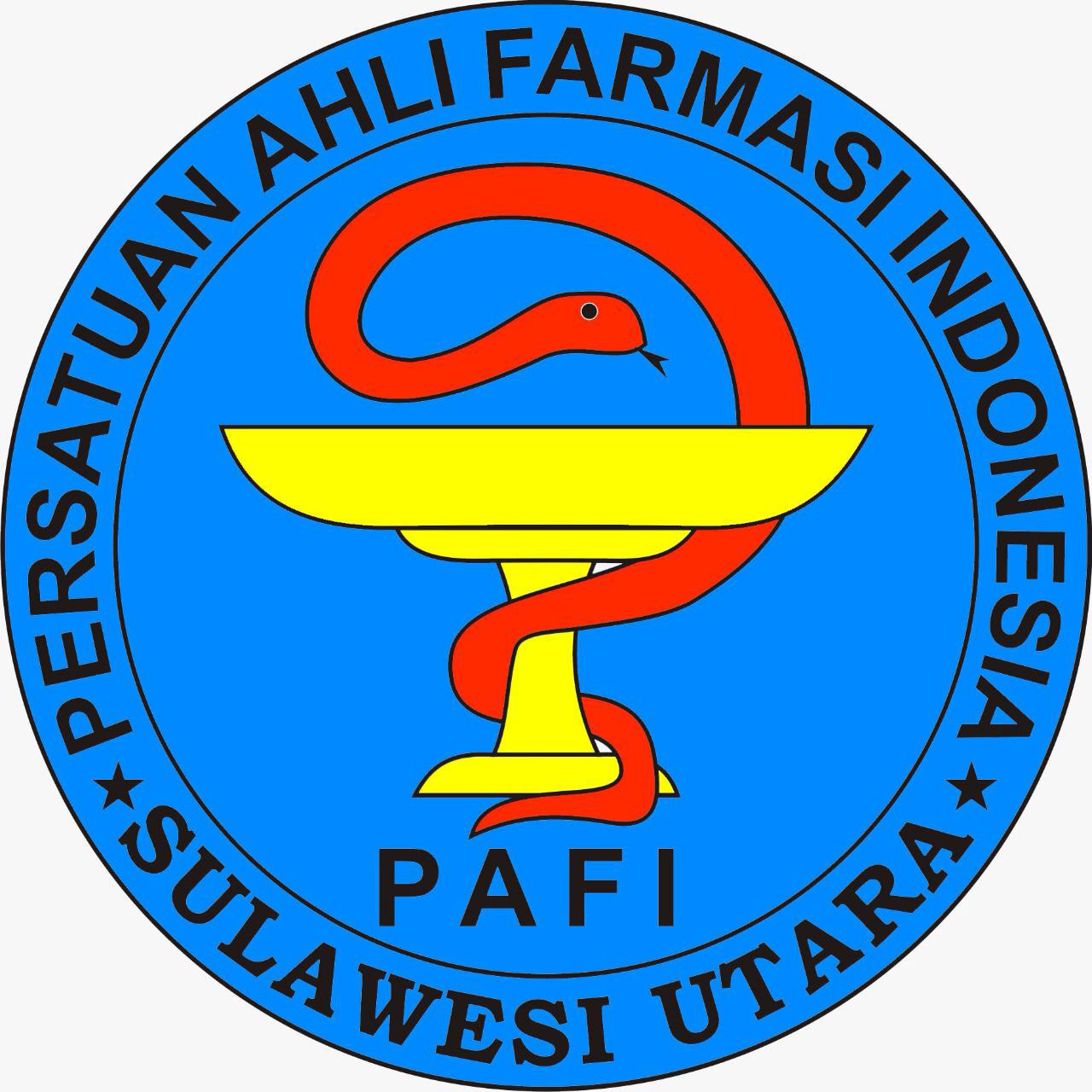ISOLASI, IDENTIFIKASI SECARA MOLEKULER MENGGUNAKAN GEN 16S rRNA DAN UJI AKTIVITAS ANTIBAKTERI DARI BAKTERI SIMBION ENDOFIT ALGA Padina sp.
Abstract
ISOLASI, IDENTIFIKASI SECARA MOLEKULER MENGGUNAKAN GEN 16S rRNA DAN UJI AKTIVITAS ANTIBAKTERI DARI BAKTERI SIMBION ENDOFIT ALGA Padina sp.
Maretsha C.H Sihombing1), Herny E. I. Simbala1), Adithya Yudistira1)
1)Program Studi Farmasi FMIPA UNSRAT Manado, 95115
ABSTRACT
Algae Padina sp. is a type of algae from the class of Phaeophyta (brown algae) which are scattered in large area of sea in North Sulawesi, and has potential as antibacterial agent. Endophytic symbionts microbial are microbes that reside in the plant body for most of their life cycle without adversely affecting the host plant., including bacteria and fungi (Kandel et al., 2017). Endophytic bacteria has great potential in the search for new drug sources (Tan and Zou, 2001). Bacterial identification can be done with a molecular-based method using 16S rRNA gene (Kattar et al., 2000). The purpose of this research is to know the antibacterial activity of endophytic symbiont bacteria isolated from algae Padina sp. against Staphylococcus aureus and Escherichia coli and to know the endophytic symbiont bacterial species of algae Padina sp. Which has the greatest antibacterial activity. Samples were smashed and dissolved up to 10-7, has been planted, isolation and inoculation on Nutrient Agar (NA) medium then incubated for 1 x 24 hours. Three different isolates of endophytic bacteria were obtained and the antibacterial activity was tested by the well-diffusion method, the diameter was measured and the results are MB.1 (6,58 mm), MB.2 (7,66 mm), MB.3 (00.00) against Staphylococcus aureus bacteria, whereas against Escherichia coli bacteria are MB.1 (7,22 mm), MB.2 (8,58 mm), MB.3 (9,61 mm). The isolate which has the greatest antibacterial power against both bacteria is the isolate MB.2. The molecular identification results indicate that the MB.2 isolate has 100% similarity with Bacillus cereus and Bacillus thuringiensis.
Keywords: Algae Padina sp., Endophytic symbiont bacteria, antibacterial activity, molecular identification, 16S rRNA gene
ABSTRAK
Alga Padina sp. merupakan jenis alga yang berasal dari kelas Phaeophyta (alga coklat) yang tersebar dalam jumlah yang banyak di perairan Sulawesi Utara, memiliki potensi sebagai antibakteri. Mikroba simbion endofit adalah mikroba yang berada di dalam tubuh tanaman untuk sebagian besar siklus hidup mereka tanpa ada dampak yang merugikan bagi tanaman inang, meliputi bakteri dan jamur (Kandel et al., 2017). Bakteri endofit memiliki potensi besar dalam pencarian sumber-sumber obat baru (Tan and Zou, 2001). Identifikasi bakteri dapat dilakukan dengan sebuah metode berbasis molekuler dengan gen 16S Rrna (Kattar et al., 2000). Tujuan dari penelitian ini yaitu untuk mengetahui aktivitas antibakteri dari bakteri simbion endofit isolat dari alga Padina sp. terhadap bakteri Staphylococcus aureus dan Escherichia coli dan mengetahui spesies bakteri simbion endofit dari alga Padina sp. yang memiliki aktivitas antibakteri terbesar. Sampel alga yang halus diencerkan sampai 10-7, dilakukan penanaman, isolasi dan inokulasi pada media Nutrient Agar (NA), inkubasi selama 1 x 24 jam. Diperoleh 3 isolat bakteri endofit yang berbeda dan dilakukan pengujian aktivitas antibakteri dengan metode difusi sumuran, dan diameter diukur sehingga diperoleh hasil isolat bakteri simbion endofit MB.1 (6,58 mm), MB.2 (7,66 mm), MB.3 (00.00) pada bakteri Staphylococcus aureus, sedangkan pada bakteri Escherichia coli hasil isolat bakteri endofit MB.1 (7.22 mm), MB.2 (8,58 mm), MB.3 (3,80 mm). Daya antibakteri terbesar terhadap kedua bakteri uji yaitu isolat bakteri simbion endofit MB.2. Hasil identifikasi molekuler menunjukkan bahwa isolat bakteri MB.2 memiliki kesamaan 100% dengan Bacillus cereus dan Bacillus thuringiensis.
Kata kunci: Alga Padina sp., Bakteri simbion endofit, aktivitas antibakteri, identifikasi molekuler, Gen 16S rRNA.
Full Text:
PDFDOI: https://doi.org/10.35799/pha.7.2018.19508
Refbacks
- There are currently no refbacks.
Copyright (c) 2018 PHARMACON
 | Publisher : |  | Cooperation With : |

This work is licensed under a Creative Commons Attribution-NonCommercial 4.0 International License.








